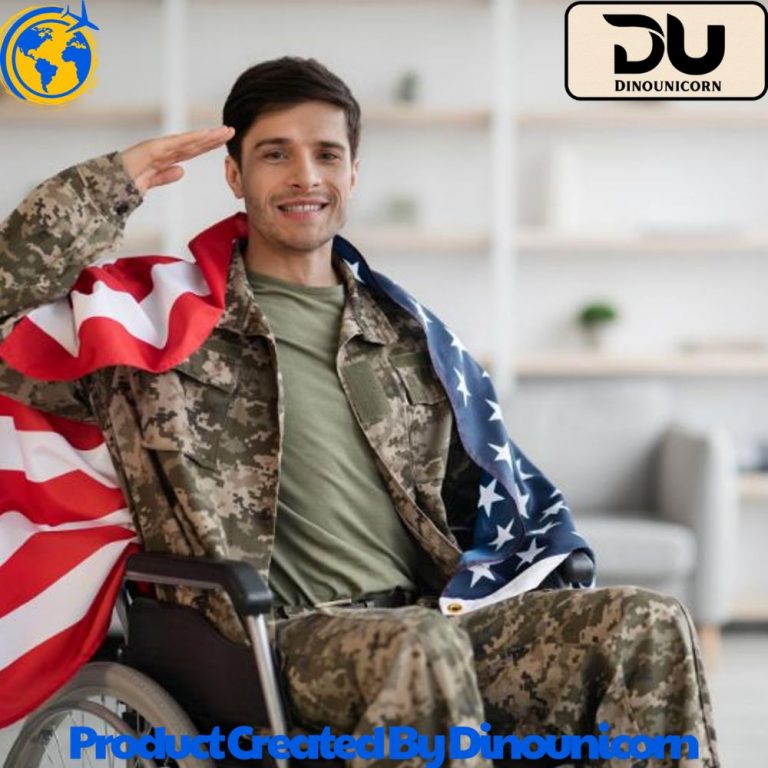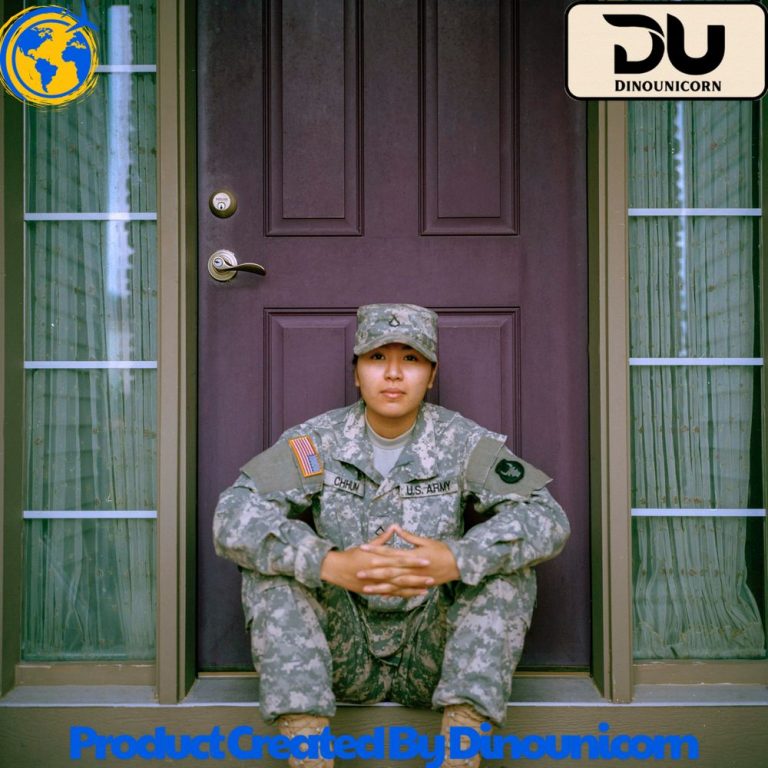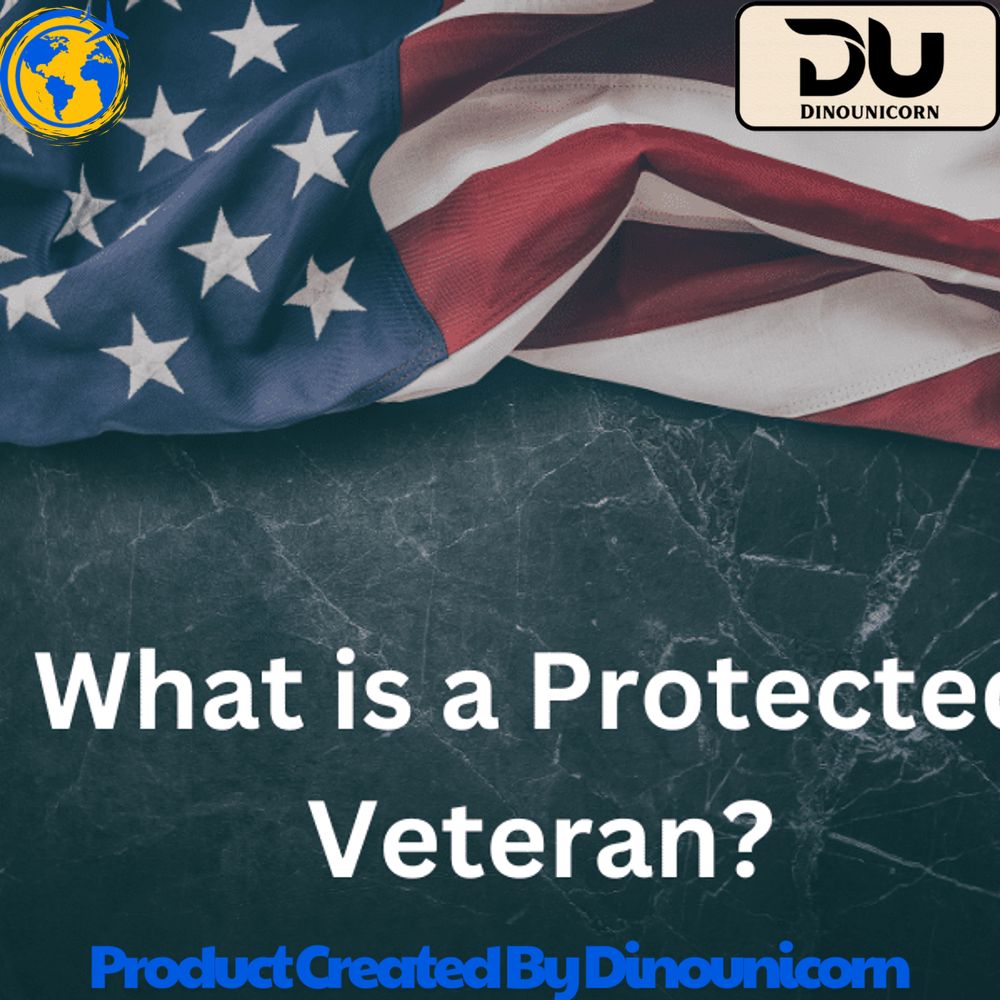Blog
What is a Protected Veteran?
Understanding Protected Veteran Status
When we talk about protected veterans, we are referring to a group of veterans who are given specific legal protections under various U.S. federal laws, primarily related to employment and workplace discrimination. These protections ensure that veterans who qualify as protected veterans are not subject to unfair treatment in the workplace due to their military service.
A protected veteran can include veterans with disabilities, veterans who have recently separated from the military, veterans who served during wartime, and those who earned service medals during their service. The goal of this status is to provide these veterans with equal opportunities in the workforce and protect them from discrimination based on their military service.
Who Qualifies as a Protected Veteran?
To qualify as a protected veteran, an individual must meet certain criteria set by the U.S. government. This includes individuals who have served in the U.S. military and have been honorably discharged or released from active duty. However, protected veteran status is granted to specific categories of veterans, each with its own set of qualifications:
- Disabled Veterans: Veterans who have a service-connected disability, as determined by the Department of Veterans Affairs (VA).
- Recently Separated Veterans: Veterans who have recently left the military, typically within the past three years.
- Active Duty Wartime or Campaign Badge Veterans: Veterans who served during periods of conflict or earned a campaign badge for their service.
- Armed Forces Service Medal Veterans: Veterans who were awarded the Armed Forces Service Medal for a specific military operation.
Veterans should be aware of the eligibility criteria for protected veteran benefits, as it impacts their employment rights and access to resources. To determine if you qualify, the U.S. Department of Labor and the VA provide tools to help assess whether someone fits the definition of a protected veteran.

Legal Rights and Benefits for Protected Veterans
The legal protections for protected veterans are designed to prevent discrimination in the workplace and provide access to various benefits. These include:
Veterans’ Employment Rights and Protections
Veterans are protected under several laws, including the Uniformed Services Employment and Reemployment Rights Act (USERRA). USERRA ensures that veterans can return to their jobs after serving in the military, with the same pay, benefits, and seniority they would have had if they had never left. Additionally, employers are prohibited from discriminating against veterans based on their military service.
- Veteran Protection Laws: What You Need to Know: USERRA provides job protection and reemployment rights for veterans, ensuring that they are not discriminated against because of their military status.
- Veterans’ Rights Under the Equal Employment Opportunity Act: Veterans are entitled to the same rights as any other employee in the workplace, including being free from discrimination based on their service.
- Employment Discrimination Against Protected Veterans: If a protected veteran experiences discrimination, there are legal avenues for recourse, including filing a complaint with the Department of Labor or the Equal Employment Opportunity Commission (EEOC).
Workplace Rights for Protected Veterans
Employers are legally required to ensure protected veterans’ workplace rights are upheld. For example, affirmative action for veterans requires employers to take proactive steps to ensure veterans are considered for employment opportunities. Additionally, veterans’ hiring preferences help veterans gain access to jobs, particularly in federal and government sectors.
- Protected Veteran Workplace Rights: What Employers Should Know: Employers are required to take steps to ensure that veterans are treated equally, and they must comply with affirmative action plans to promote veteran hiring.
- What Are the Benefits of Being a Protected Veteran in the Workplace?: Veterans enjoy rights such as priority consideration for hiring and protection against unfair treatment or dismissal due to their military status.
How to Qualify for Protected Veteran Status
Veterans may wonder, “What qualifies as a protected veteran?” To gain protected veteran status, individuals must meet one of the categories outlined earlier. However, it is important to gather the right documentation to support the claim. Veterans must ensure they have the necessary documents, such as discharge papers (DD214), medical records for disabilities, and any campaign badges or service medals.
What Are the Categories of Protected Veterans?
- Disabled Veterans: Veterans who have a service-connected disability as determined by the Department of Veterans Affairs.
- Recently Separated Veterans: Veterans who have separated from active duty in the past three years.
- Veterans Who Served in Wartime: Those who served during a period of war or earned a campaign badge.
- Armed Forces Service Medal Veterans: Those who earned an Armed Forces Service Medal for specific operations.
To ensure you are recognized as a protected veteran, veterans can apply for the appropriate documentation or claim their veteran status through the Department of Veterans Affairs.
Protected Veteran Benefits
Once qualified, veterans can access various benefits, including:
- Disability Compensation for Veterans: Veterans with service-connected disabilities may be eligible for compensation.
- Vocational Rehabilitation and Employment Services: These services help veterans with disabilities transition to civilian employment or regain employment.
- Educational Benefits: Programs like the GI Bill provide financial assistance for veterans seeking to further their education.
Understanding USERRA and Veterans’ Workplace Protections
The Uniformed Services Employment and Reemployment Rights Act (USERRA) is one of the most important laws for protecting the employment rights of protected veterans.
The Role of USERRA in Protecting Veterans’ Employment Rights
- What is USERRA and How Does It Protect Veterans?: USERRA ensures that veterans who return from active duty are reemployed in their previous job roles, and their seniority, salary, and benefits are maintained.
- How USERRA Protects Recently Separated Veterans: This law offers protections for veterans who have recently separated from the military and seeks to reintegrate them into civilian employment without discrimination.
- Reemployment Rights Under USERRA: Veterans can return to their civilian jobs without penalty and continue with their careers without losing their benefits due to military service.
Reemployment Rights and USERRA Protections for Disabled Veterans
Disabled veterans are also protected under USERRA, ensuring they can return to their jobs, with accommodations for their disabilities if needed.

FAQs About Protected Veteran Status
What Does It Mean to Be a Protected Veteran?
A protected veteran is a veteran who meets specific criteria and is granted legal protections, primarily in the workplace. This status ensures that veterans cannot be discriminated against based on their military service, and they may also receive special benefits related to employment and disability.
How Do I Know If I Am a Protected Veteran?
To determine if you are a protected veteran, you should check your military service records, including your DD214, and see if you qualify under one of the recognized categories of protected veterans. If you are unsure, you can consult with the Department of Veterans Affairs or other veteran services.
What Are My Rights as a Protected Veteran in the Workplace?
As a protected veteran, you have the right to be free from discrimination in hiring, promotions, pay, or termination based on your military service. You also have the right to priority consideration for certain jobs, particularly in federal employment, and can file complaints if you believe your rights are being violated.
What Makes a Veteran Protected Under the Law?
A veteran is considered protected if they meet the qualifications outlined by the Department of Veterans Affairs or the Uniformed Services Employment and Reemployment Rights Act. This includes categories such as disabled veterans, those who served in wartime, and those who received service medals.
How Does Protected Veteran Status Affect My Employment?
Protected veteran status provides several employment advantages, including legal protection from discrimination and preferential consideration for certain jobs. This status ensures that veterans are treated fairly in the workplace and have access to important benefits and resources.
Conclusion
Understanding what a protected veteran is, and knowing the legal protections available to them, is crucial for ensuring veterans are treated fairly in the workplace. Protected veterans have specific rights under the law that prevent discrimination and promote their fair treatment. For veterans, it’s essential to understand the categories of protected veterans, the benefits available, and how to claim these rights to ensure they are properly recognized and supported in their careers.
For further details on protected veterans and their rights, check out the Department of Labor’s Fact Sheet on Veterans’ Rights.
 Skip to content
Skip to content

